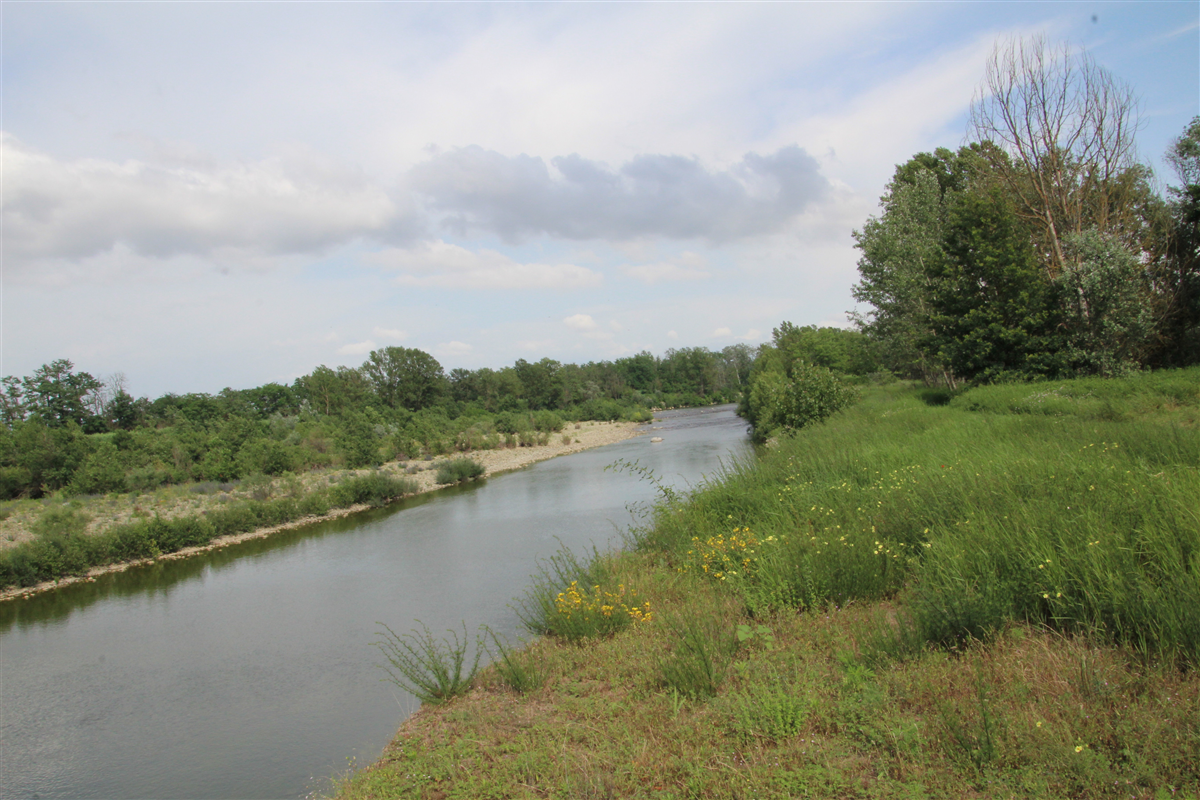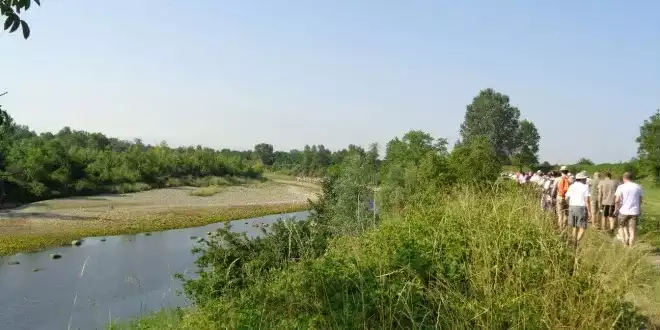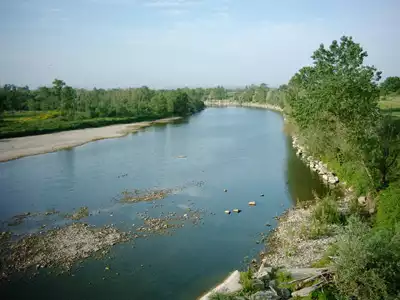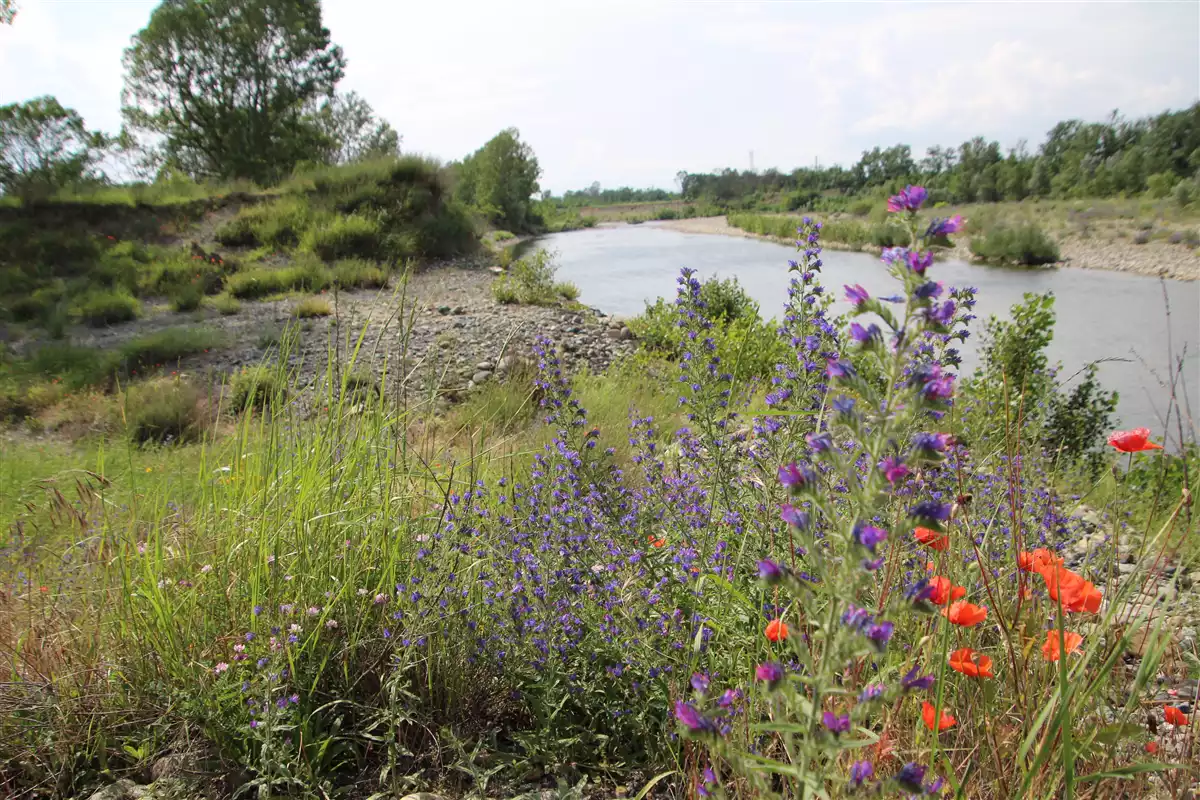Descrizione
La riserva interessa due tratti fluviali distinti: il primo a monte dell'abitato di Predosa e il secondo compreso tra il borgo di Retorto e Casalcermelli.
Salici e pioppi occupano le zone esterne dell'alveo e le sponde digradanti del torrente.
Rimangono integre alcune residue porzioni di bosco ripariale che ospitano la volpe, il tasso, la faina, la donnola, la lepre, il capriolo e il cinghiale di provenienza appenninica.
Oltre agli ardeidi nidificanti (nitticora e garzetta) sono presenti l'airone cenerino, la gallinella d'acqua, la sterna e il corriere piccolo.
Nel letto del torrente è ancora possibile trovare alcune pagliuzze d'oro e non mancano talvolta i cercatori.
Quest’area protetta dell’alessandrino è stata istituita per salvaguardare alcune porzioni di bosco ripariale ancora integre e coinvolge due tratti fluviali distinti del corso pianeggiante del Torrente Orba.
La prima è caratterizzata dalla presenza di piccole lanche con ricca vegetazione palustre e alberi ad alto fusto e si trova a monte dell´abitato di Predona.
La seconda invece è situata più a valle e compresa entro gli argini maestri, interessa un tratto golenale che racchiude aree naturali e coltivate ed è compresa nel territorio tra il borgo di Retorto, Bosco Marengo e Casal Cermelli.
Durante il periodo primavera – estate, lungo i tratti di sponda naturale, il torrente ospita un nutrito gruppo di uccelli coloratissimi, come il gruccione ed il martin pescatore, che nidificano sulle ripide scarpate scavando i propri nidi nella terra.
La vegetazione è varia e diversificata: arbusti, salici e pioppi occupano le zone esterne dell´alveo, mentre nelle zone più alte e asciutte le colture cerealitiche sono intervallate da piccoli boschi.
Più di mille anni fa, sui versanti del torrente si sviluppava la famosa Selva d´Orba, un esteso comprensorio che nel corso del tempo, subì notevoli disboscamenti a causa delle attività agronomiche dei monaci Cistercensi e del fabbisogno di legname per i cantieri navali della Repubblica marinara di Genova.
The reserve covers two distinct river stretches: the first upstream of the town of Predosa, and the second located between the village of Retorto and Casal Cermelli.
Willows and poplars occupy the outer parts of the riverbed and the gently sloping banks of the stream.
Some remaining portions of intact riparian woodland host wildlife such as foxes, badgers, martens, weasels, hares, roe deer, and wild boars originating from the Apennines.
Among the nesting herons (black-crowned night heron and little egret), the grey heron, water rail, tern, and little ringed plover are also present.
In the stream bed, it is still possible to find some golden spined loach, and occasional seekers come to look for them.
This protected area in the Alessandria province was established to safeguard some intact patches of riparian forest and involves two distinct stretches of the flat-flowing Orba stream.
The first section, located upstream of Predosa, is characterized by small oxbow lakes with rich marsh vegetation and tall trees.
The second section, situated further downstream and enclosed within the main embankments, includes floodplain areas with both natural and cultivated lands, within the territory spanning the village of Retorto, Bosco Marengo, and Casal Cermelli.
During spring and summer, along the natural riverbanks, the stream hosts a large group of colorful birds such as the European bee-eater and kingfisher, which nest on the steep slopes by digging their nests into the earth.
The vegetation is varied and diverse: shrubs, willows, and poplars occupy the outer riverbed areas, while the higher and drier zones feature cereal crops interspersed with small woodlands.
More than a thousand years ago, the famous Selva d’Orba forest stretched along the river slopes. Over time, it underwent significant deforestation due to agricultural activities by Cistercian monks and the demand for timber for the shipyards of the Maritime Republic of Genoa.
Modalita di Accesso
Luogo all'aperto sempre accessibile
Outdoor area, always accessible
Collegamenti
Galleria di immagini
 Torrente Orba
Torrente Orba
 Passeggiata Torrente Orba
Passeggiata Torrente Orba
 Torrente Orba
Torrente Orba
 Torrente Orba
Torrente Orba
 Torrente Orba
Torrente Orba
 Torrente Orba
Torrente Orba
 Torrente Orba Vista Aerea
Torrente Orba Vista Aerea
 Torrente Orba Vista Aerea 1
Torrente Orba Vista Aerea 1
 Torrente Orba Vista Aerea 2
Torrente Orba Vista Aerea 2
 Torrente Orba Vista Aerea 3
Torrente Orba Vista Aerea 3
Dove
Contatti
Orari di Apertura
Luogo all'aperto sempre accessibile
Outdoor area, always accessible
Pagina aggiornata il 29/05/2025 13:15:00